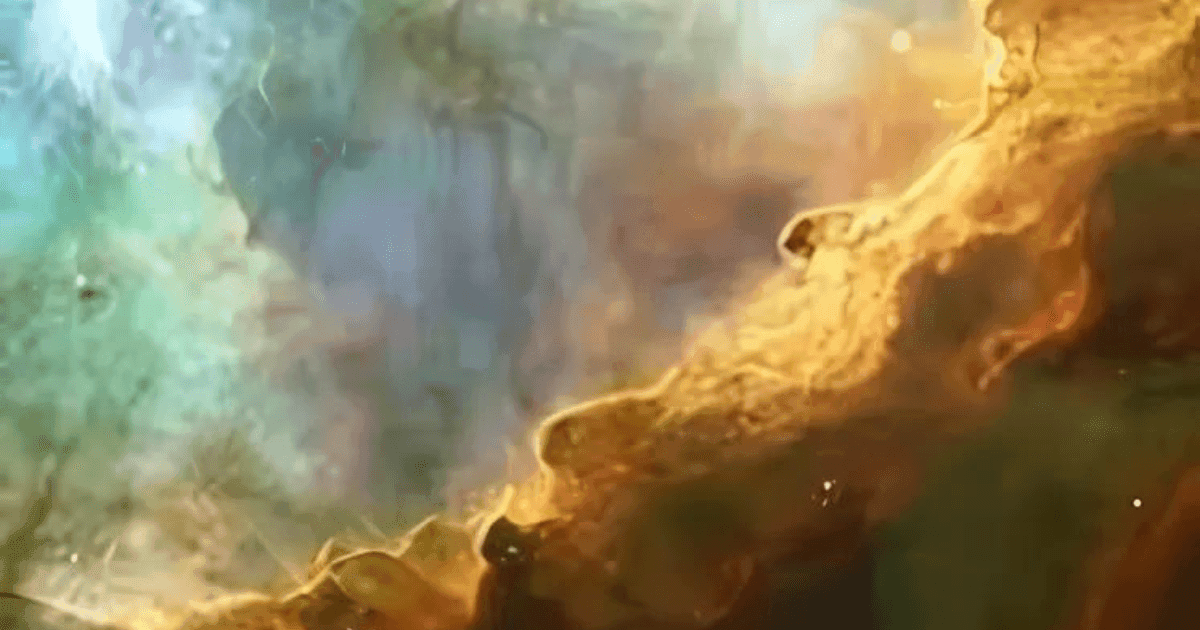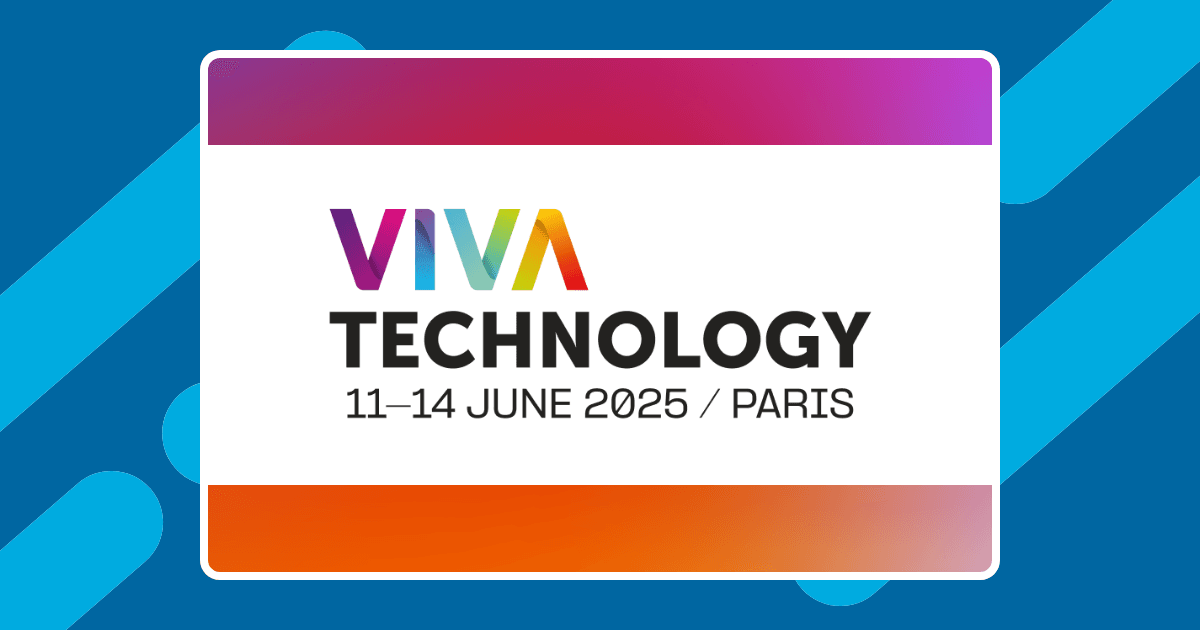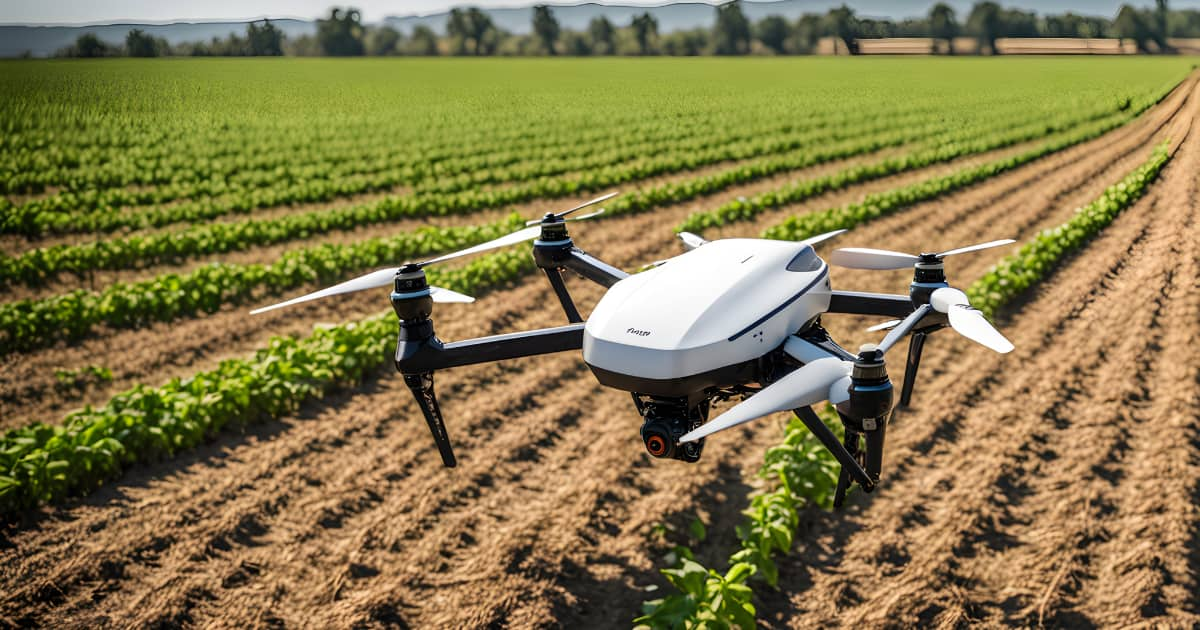According to NASA, 4903 exoplanets have been confirmed since 1990. However, there are still thousands of potential exoplanets to be discovered1.
As missions and means available for space exploration increase, the number of “candidates” to be exoplanets continues to grow. Because of the mass of data to be processed to confirm their existence, artificial intelligence becomes an indispensable tool in the analysis of this data. AI is a solution already implemented in space, such as in landing systems, observation satellites, or navigation systems. From now on, AI allows us to focus on a new sector, discovery of exoplanets.
However, before studying the impact of AI in this field, it is important to explain the ins and outs of extrasolar recognition.
Detection methods and their challenges
An exoplanet, or extrasolar planet, is a planet located outside our solar system2. Because of their distance from the Earth and that they do not emit luminosity, it is complex to analyze exoplanets. The most important obstacle to the direct detection of these celestial bodies is the stars themselves. Indeed, stars are incredibly bright compared to exoplanets. The weak light reflected by the studied planets is drowned by the thermal radiation of the nearby stars3.
To counter these difficulties, we can use other indirect methods. The most effective of them is the transit method4.
Nowadays, 77% of exoplanets have been discovered thanks to this method. A planetary transit is a moment when the planet passes between its star and the observer, making the luminosity of the star decrease5. The advantage of this method is to be able to bring a set of additional information on the observed planet. Thus, we can determine the size of the exoplanet according to the time necessary to hide the star. Furthermore, during the passage of light through a gas, wavelengths are absorbed to form a spectrum. This spectrum is crossed by dark lines describing the chemical composition of the planet’s atmosphere. It is then possible to identify the type of planet by analyzing the absorption lines visible during the transit6.
However, this method also has its drawbacks. Indeed, detection by transit is only possible by the exact alignment between the observer, the star, and the planet. It requires the conjunction of a set of variable parameters depending on planet orientation to the observer and the revolution period of the planet.
The probability of seeing a transit is extremely low, it is, therefore, necessary to simultaneously study a large number of stars to maximize the chances of observing a transit. Additionally, it is often impossible for standard algorithms to track certain signals because of the constantly changing parameters. In this case, the AI can learn to recognize weak signals that could not be detected before.
The power of AI in the search for exoplanets
For an efficient AI, it is important to collect enough data to carry out its learning phase. This is why, between March 2009 and November 2018, the Kepler space telescope has continuously probed space in search of exoplanets. During its long career, it has detected more than 4780 candidate exoplanets (of which 2707 have been confirmed)7. Its 9 years of observation have allowed us to create a colossal database including a set of planets with very varied characteristics.
Recently, a brand new artificial intelligence confirmed 301 new exoplanets based on the Kepler mission database8. ExoMiner is a neural network that aims to differentiate the signals of true transits from false ones. To fulfill its mission, the algorithm relies on the computing power of the NASA supercomputer “Pleiades”. To gather a maximum of potential cases, ExoMiner has been trained with data from several detection methods.
If classification algorithms already existed (Robovetter, RFC, AstroNet, GPC), ExoMiner results are by far more accurate. The algorithm is not only able to process the data faster but is also more reliable than existing classification systems9.
It is so efficient at recognizing exoplanets, that on a dataset containing a high proportion of relevant elements (99% accuracy), the recall rate (number of correctly identified elements out of the total number of correct elements to be identified) of ExoMiner is 93.6% where the second-best classifier of this type reaches 76.3%10.
Moreover, this AI allows offering a beginning of explainability to astronomers. Indeed, its modular design makes it possible to identify which input parameters were taken into account to make its prediction11.
Until then use of ExoMiner, the existence of some discovered exoplanets could not be confirmed. From now on, the thousands of signals detected by Kepler can be automatically analyzed by this AI. It is also planned to use soon ExoMiner to analyze data collected by the successors of the Kepler mission, the TESS satellite, and the PLATO12 space observatory.
Conclusion
AI is an incredible tool for studying exoplanets because it is more effective than astronomers. Today, AI is on Earth, but in the future, it will be able to play a direct role in space. The AI onboard space stations already assists astronauts in dangerous tasks. It is also used in the maintenance of space stations and the detection of anomalies. The next step would be to embed AI in unmanned space missions.
Extra-solar exploration is a good example of the growing interest in AI in sectors facing increasing volumes of data. The further humans want to go from Earth to explore the universe, the more automated the onboard systems will have to be. Indeed, the distances are such that it will become difficult to ensure the communication between space probes and the Earth. In addition, it is important to be able to adapt to unforeseen situations in the space environment. In such circumstances, the generalization of AI could be useful to design scenarios and act accordingly.
In this respect, the use of AI in the aerospace context still has a bright future ahead.
Sources
- Exoplanet Catalog | Discovery – Exoplanet Exploration: Planets Beyond our Solar System ↩︎
- Exoplanets: Everything you need to know about the worlds beyond our solar system | Space ↩︎
- Observing Exoplanets: What Can We Really See? ↩︎
- Exoplanet and Candidate Statistics ↩︎
- What’s a transit? – Exoplanet Exploration: Planets Beyond our Solar System ↩︎
- Spectroscopy of exoplanets ↩︎
- NASA exoplanets archive ↩︎
- New deep learning method adds 301 planets to Kepler’s total count ↩︎
- AI discovers over 300 unknown exoplanets in Kepler telescope data | Space ↩︎
- [2111.10009] ExoMiner: A Highly Accurate and Explainable Deep Learning Classifier that Validates 301 New Exoplanets ↩︎
- ExoMiner: NASA’s Deep Neural Network of 2021 | by Sagar Sikchi ↩︎
- ExoMiner Deep Neural Network Finds 301 New Exoplanets Added to the Total Count of NASA’s Kepler Mission | Science Times ↩︎







